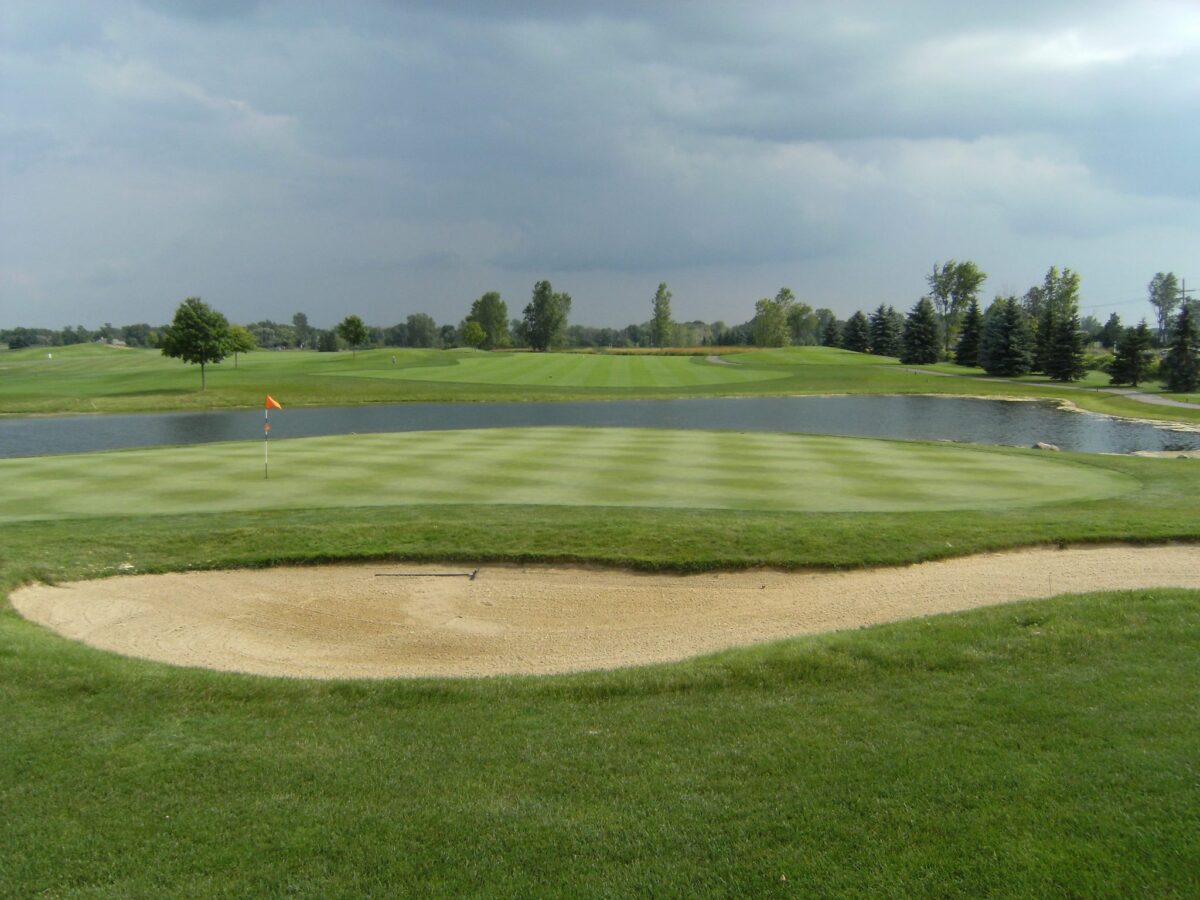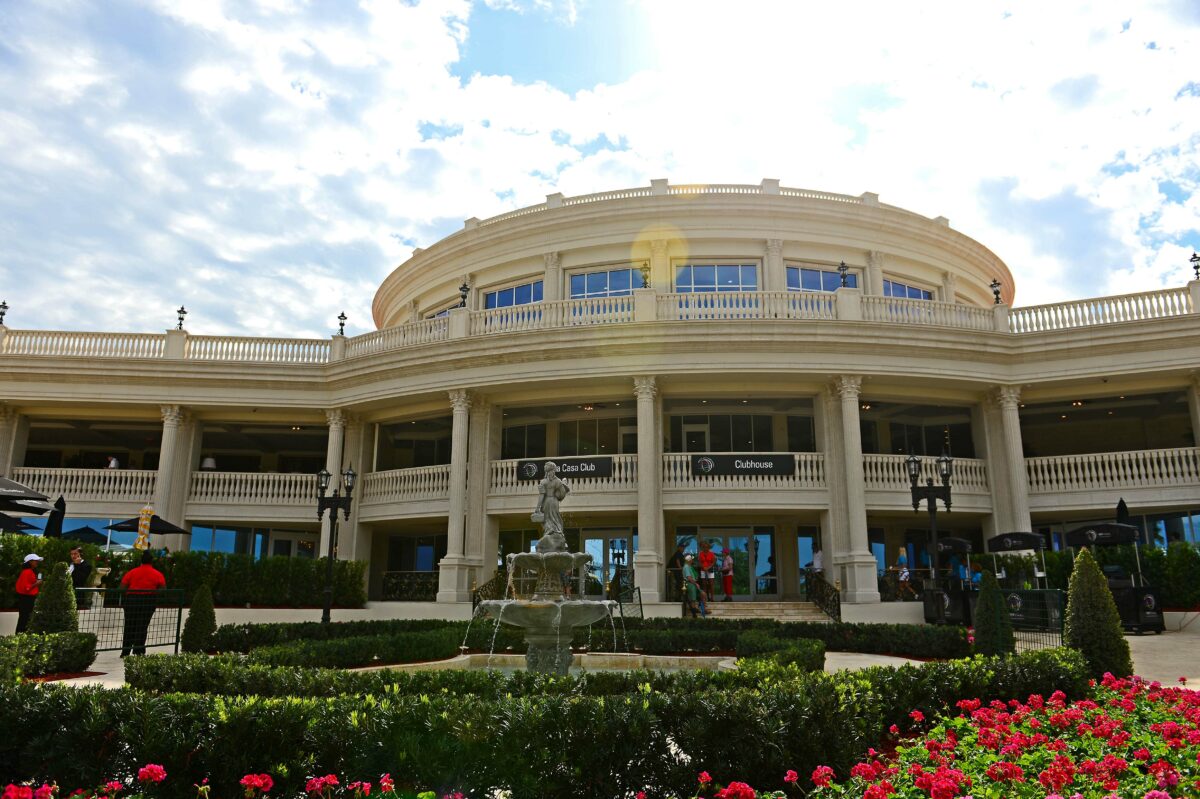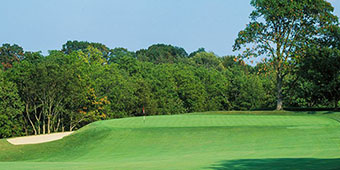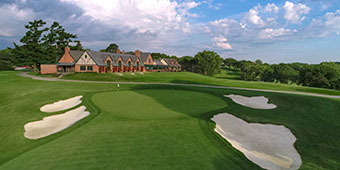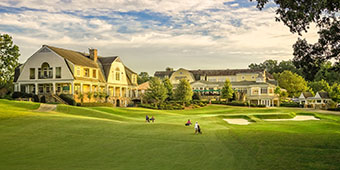The course, which first opened in 1928 as the Coonamessett, was designed by Devereux Emmet and Alfred H. Tull.
FALMOUTH, Massachusetts — A proposal is before the Planning Board to convert an almost 100-year old golf course in Hatchville into a solar farm.
In a letter read into the record at the Planning Board’s Feb. 23 meeting, David Friel, owner of Cape Cod Country Club on Theatre Drive, cited less business over the last decade has led him to pursue alternate uses for the property.
“The expansion of golf courses on the Cape over the past decade or two and the reduction in the number of golfers nationwide has forced me, from a financial viability standpoint, to consider other land use options for the Cape Cod Country Club,” he said.
Since the beginning of 2019, Cape Cod Country Club has been exploring the different uses for the property, and Amp Energy, a renewable energy company, expressed interest in leasing the property for a large-scale solar farm.
If the permitting process goes as planned, Amp Energy would put out between 27 to 30 megawatts of energy while using about 80 of the course’s 150 acres for the farm. It would also donate a portion of the land to the town for conservation purposes.
Once complete, the solar farm could account for one-sixth to one-seventh of the entire town’s electrical needs, Bob Ament, the attorney representing Amp Energy, told the board.
But that is only if the town’s current regulations change.
[listicle id=778057023]
Amp Energy currently cannot develop an array large enough to make the project financially viable. Proposed articles going before the town meeting this spring will amend the town’s official zoning map to include the parcel of land in the large-scale ground-mounted solar overlay district.
The amendments would allow Amp Energy to use a greater percentage of the land and allow for more trees to be cleared, although the representatives of the project noted they plan to replant trees on a different part of the property.
The current bylaw prohibits the use of 26 acres of the property, which abuts conservation land. Evan Turner, a representative for Amp Energy, told the Planning Board that the solar farm would also double as a pollinator meadow.
The amendments, if passed, would give Amp Energy greater flexibility on where to install the panels and would create more of a buffer between the solar farm and the road. Turner said berms would be created and trees would block the view of the farm, which would be in the interior part of the property on the golf course’s fairways.
The project would be similar to one Amp Energy did last year on Cotuit Road in Sandwich, where they conserved the property as part of the solar permit, Turner said.
A couple of groups, including the 300 Committee Land Trust and the Cape Cod Climate Change Collaborative, spoke during the Feb. 23 meeting in opposition to an article that would allow up to 20% of the property to be deforested for a solar array.
The Planning Board continued its hearing on the articles to Tuesday.
Friel said in his letter that if those articles do not pass and Amp Energy cannot make the project financially viable, the club will pursue a housing development on the property. The course would be the second on the Cape to propose a conversion to housing. In Hyannis, a proposal is before the Cape Cod Commission to site a 312-unit apartment complex at Twin Brooks Golf Course.
[listicle id=778080732]
“There is no likely or even barely likely circumstance that the property remains a golf course or remains an open space,” Turner said.
But some are fighting to save the course.
Kevin Van Cleef, a Somerville resident and avid golfer who grew up in Sandwich, called the golf course his favorite place. He said it should be preserved, especially due to its history.
The course, which first opened in 1928 as the Coonamessett, was designed by Devereux Emmet and Alfred H. Tull. Emmet was a renowned architect and there are just 31 of his golf courses still operating, Van Cleef said. Most of those golf courses are private, while Cape Cod Country Club is public.
“Emmet is one of the most popular designers in golf,” Van Cleef said. “Getting rid of this would be like getting rid of a Van Gogh painting.”
“Cape Cod is a major vacation destination for the East Coast,” he added. “There’s a lot of people here to play golf. To take another place away where the public can play will be really tough.”
Van Cleef also questioned Friel’s claim that there’s been a decline in business. Every time he goes, it is “slammed,” he said.
Golf also has served as a safe recreational activity during the global pandemic, he said. According to the National Golf Foundation, the number of active golfers in the United States grew by half a million to 24.8 million in 2020, making for the most significant year-over-year net increase since 2003.
“I think there’s so much untapped potential and it would be such a shame to lose this place,” Van Cleef said.
Contact Jessica Hill at jhill@capecodonline.com. Follow her on Twitter: @jess_hillyeah.
[jwplayer 7NBaZ2A0-9JtFt04J]


